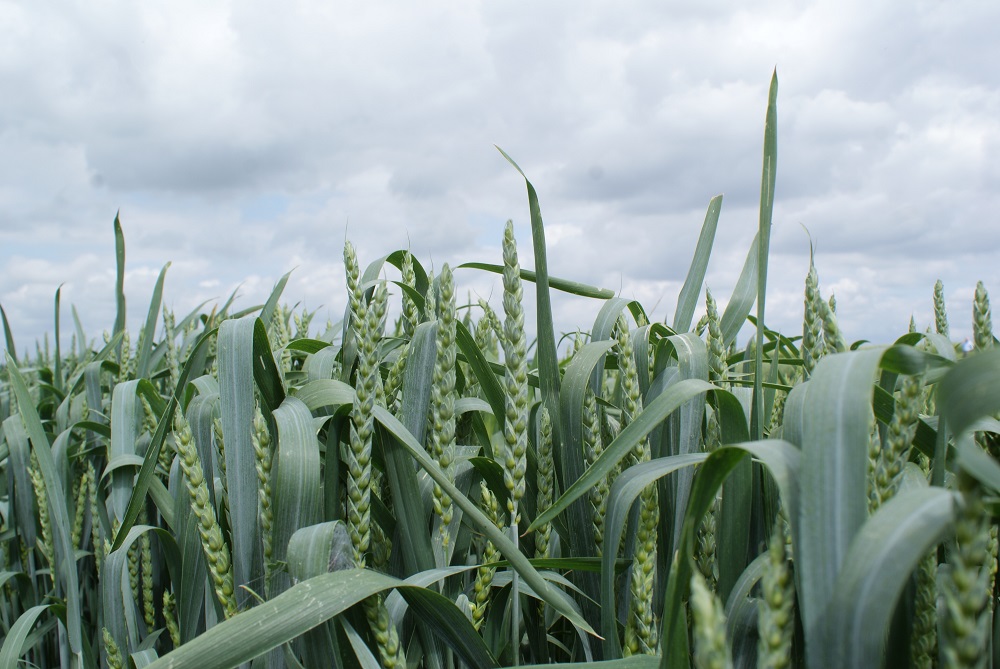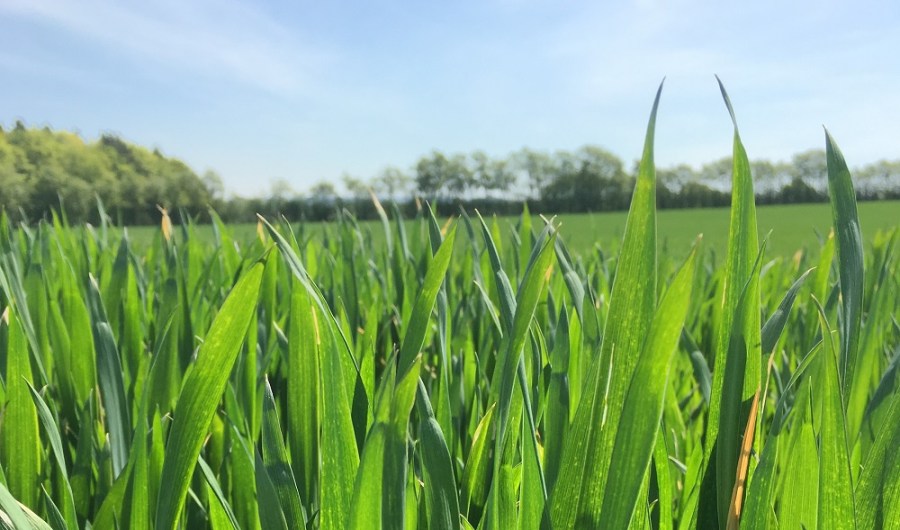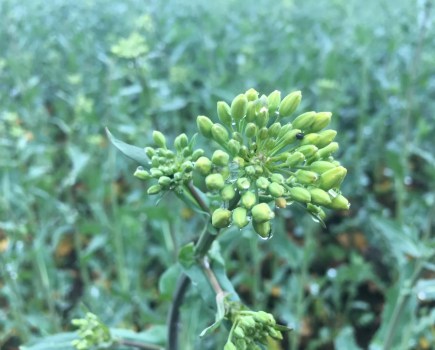 Biostimulants can play an important role in boosting crop growth and health – but it’s vital to use the right products at the right time. CPM reports.
Biostimulants can play an important role in boosting crop growth and health – but it’s vital to use the right products at the right time. CPM reports.
Although tempting to apply in a curative manner, biostimulants are most effective when used as plant health promoters, as part of a wider nutritional and plant protection programme.
“There are some key considerations that contribute to the success of biostimulants – understanding the active ingredients, understanding what they do, and understanding when they work,” explains Don Pendergrast, head of technical services at UPL UK & Ireland.
“The modes of action are different, so the outcomes can be different. Just like conventional chemistry, a planned programme will always yield the best results because products need to be used when they will have maximum impact.”
Two of the most commonly used biostimulants on cereal crops are Ascophylum nodusum seaweed extracts – also known as oligosaccharides – and amino acids.
Early application
Oligosaccharides are recommended for use early in the programme. These concentrated complex sugars stimulate a plant to produce reductases that help with nutrient flow from the soil and translocation through the plant.
This will improve the plant’s ability to access nutrition, as well as its overall health, through a boosted root mass.
“The key rooting for a plant takes place in the autumn, so oligosaccharides are most beneficial in an early application, from 2-leaf onwards on winter cereals.
“This is to help set a plant up to survive the winter, and be ready to accelerate away in the spring by using the enhanced rootzone to access nutrients.”
In winter cereals, trials have shown that oligosaccharides can increase the number of surviving tillers by 1-2 per plant.
They are also effective on spring cereals too, with an average 5% yield increase using Rooter.
Later support
Suitable for a later position in the growth cycle are amino acids, as this is a time when a crop may be experiencing stress, explains Don.
He recommends application from rapid stem extension through to grain filling, when the plant has a high energy demand and faces issues like water and nutrient stress, with foliar disease pressure potentially reducing the green area index.
“Amino acids are the building blocks of protein, as well as providing stress relief and improving cell regulation. Plants need a continuous supply of amino acids to be able to grow,” he says.
Improved efficiencies
“Providing ready-made amino acids will short-cut this process because if a plant doesn’t need to create all of its own amino acids, it will be able to better utilise its resources and improve its energy usage.
“They are also effective at maintaining and improving green area index, because amino acid glycine is a specific precursor of chlorophyll, and aids photosynthesis.”
However, it’s still important to use amino acids proactively rather than reactively, adds Don.
“By using a combination of active ingredients, in a programmed manner during the right stages of plant development, the potential of biostimulants to enhance crop performance can be achieved.”
For more information, visit uk.uplonline.com




